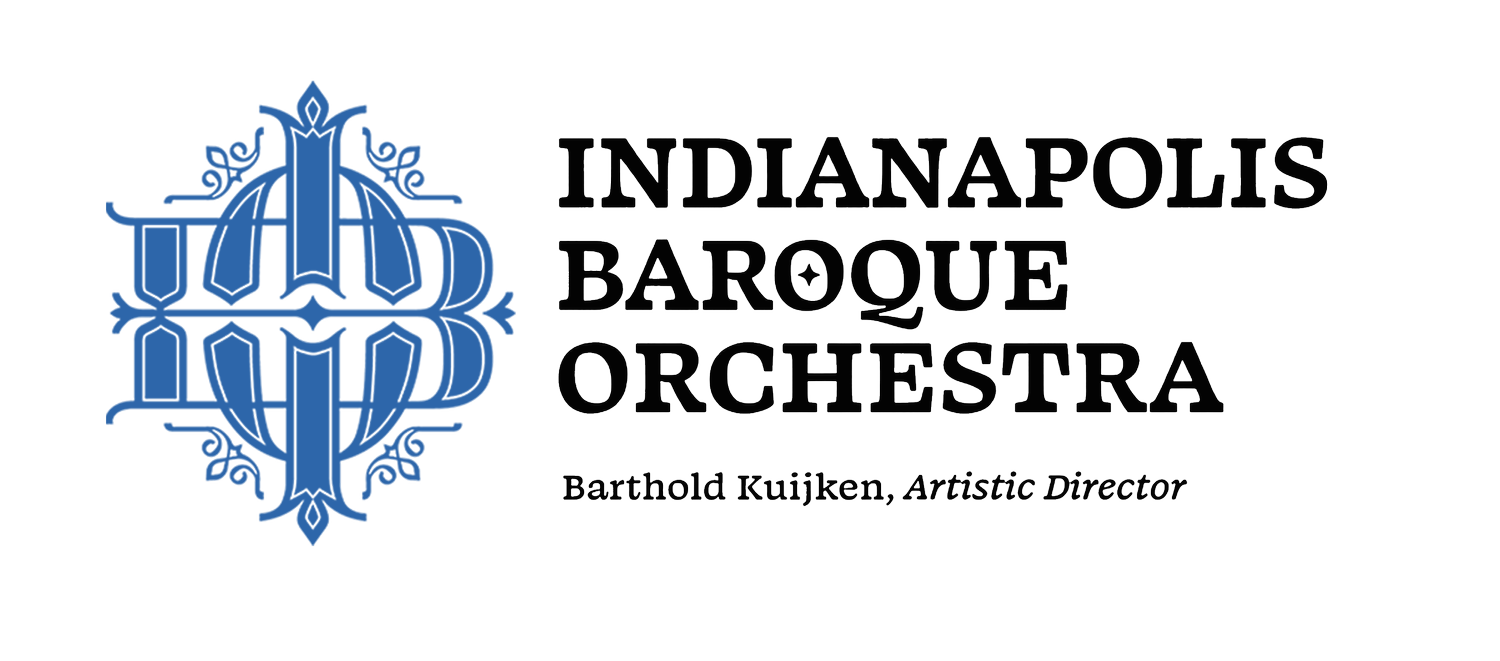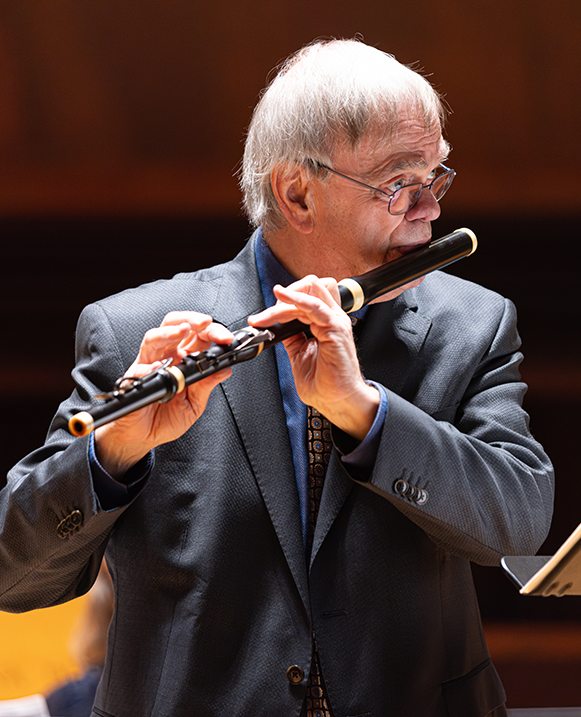February 25, 2024 | 3:00PM
Christel DeHaan Fine Arts Center
University of Indianapolis
1230 Greyhound Ln
Indianapolis, IN 46227
Barthold Kuijken
Artistic Director & Traverso

On the Program:
Joseph Haydn | Symphony # 19 in D major, Hob. 1/19
Carl Stamitz | Flute Concerto in G major, op. 29
Joseph Haydn | Symphony # 43 in E-flat major “Merkur”, Hob. 1/43









